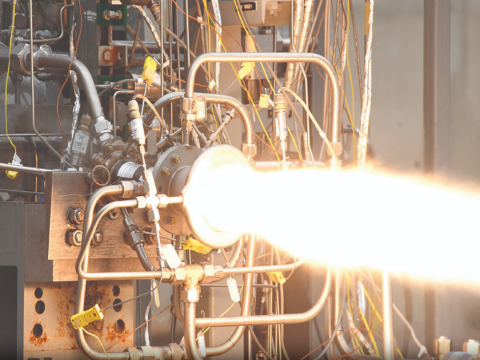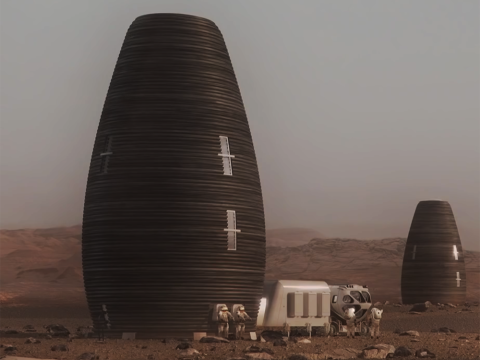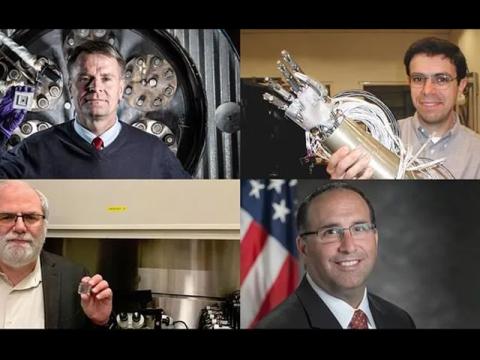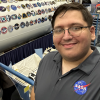Curious about licensing groundbreaking NASA technologies for your business? In this post, we dive into the most frequently asked questions about the NASA Technology Transfer Program’s licensing process. Read on for practical insights on how to unlock innovative solutions and bring space-age advancements to your enterprise.
Insider's Blog
Technology Transfer Insights From our Team of Experts


In traditional manufacturing, the above list of demands for fabricating a new metal part might get a response of, “Drop ‘faster,’ and then pick two.” All four? Impossible. However, additive manufacturing (AM), also known as 3D printing, can deliver all of the above with the right technology. NASA has been developing hardware, alloys, sensors, and other resources the AM industry and commercial companies can use.

Whether you’re a hobbyist tinkerer or a business looking for solutions, NASA’s Software Catalog has you covered. Since the dawn of the space program, NASA has been on the forefront of computer development. The agency’s software catalog features more than 1,200 programs, and most are downloadable with a free or open-source license. Here are some of the most popular codes available to request from software.nasa.gov:

By the time she retired from NASA in 2018, Dr. Martha K. Williams had been awarded a Silver Snoopy Award for her significant contribution to the human space flight program. And with 20 patents to her name, she was later inducted into NASA’s Inventors Hall of Fame, one of only five women to earn that accolade.

From breakthrough research to real-world application, technology transfer bridges the gap between discovery and impact. Often beginning in a lab, these innovations find their way into the hands of businesses, entrepreneurs, and everyday consumers. In this post, we'll explore how technology transfer is creating pathways for the next wave of innovation.

When most people think of NASA, they picture rockets, astronauts, and the Moon. But behind the scenes, a group of inventors is quietly rewriting the rules of what’s possible — on Earth, in orbit, and beyond. Their groundbreaking inventions eventually become technology available for industry, helping to shape new products and services that improve life around the globe.

Instructors across the country are transforming higher education with ground-breaking tech concepts from NASA. To capture their invaluable experience and advice, NASA’s Technology Transfer program hosts the Technology Transfer University (T2U) Innovation Series webinars featuring innovative instructors who use NASA-developed technology concepts to enrich their students’ academic experience.









